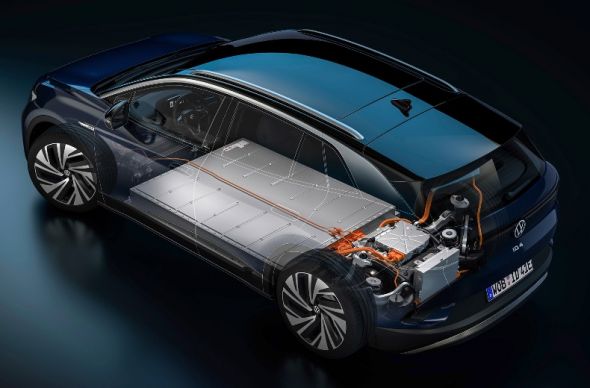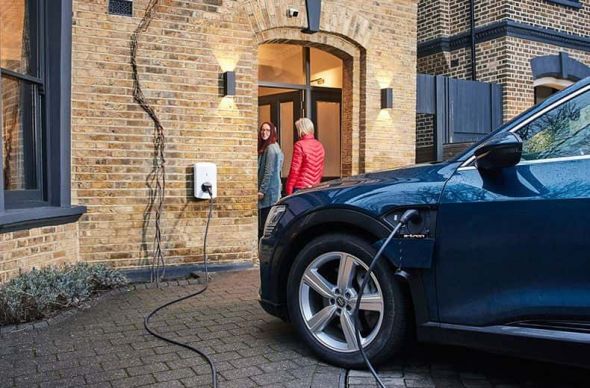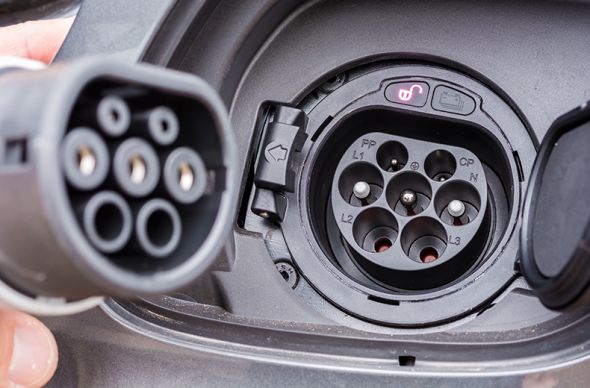Supported by Robert Llewellyn’s Fully Charged Show, trade body Recharge UK, and EV disability champion ChargeSafe, the charter calls for the implementation of world-class standards across the UK EV charging sector. FairCharge and the RAC are therefore calling for it to become a minimum set of standards for Government, local authorities, landowners and charge point operators.
1: Charging is always a reliable experience
99% rapid charger reliability guarantee
Drivers must have complete confidence that chargers will work whenever they need them. Charging networks should have to report their uptime figures and, after a bedding-in period, sanctions for the worst offenders could be introduced.
A 48-hour repair target for non-working chargers
Charging networks should act quickly to repair faulty chargers and have systems and processes in place to minimise charger downtime.
2: It’s easy to find an available and working charger, wherever you are
All networks to make important charging data freely and publicly available
It’s vital drivers can clearly see where all chargers are, as well as check the cost, operational status, and live availability in real time, via a website or mobile app of their choice.
Clear signage on motorways and other major roads to show location and number of rapid and ultra-rapid chargers
Signs on major roads should tell drivers where the fastest chargers are. More signage would augment existing information available on public charging apps like Zapmap, as well as through in-car mapping systems. This would also help those who are less likely to plan their journeys in advance to recharge as easily as possible. In the future, the price per kilowatt hour (kWh) should also be displayed on roadside signs (see example from France, below). In time, would-be electric vehicle (EV) drivers would also be able see the scale of the charging network that already exists.
#TeslaMag #auto « Une première pour la grande distribution », Lidl dévoile son modèle de station de https://t.co/RBzRRuXFnk pic.twitter.com/t7TCSSYAeD
— TESLA MAG �� 10 years in 2023 �� (@MagazineTesla) November 21, 2022
Parking operators – including local authorities and private companies – should prominently display the time permitted when a driver is charging, and make it clear they are subject to the same parking costs - or not if different - and terms and conditions as other users of the car park. Parking companies should not use EV charging as an additional revenue stream.
3: Faff-free payment
Contactless payment at all rapid and ultra-rapid chargers, with option for digital receipts
Drivers should be able to use a rapid and ultra-rapid charger (of 50kWh or more) on a ‘turn up and charge’ basis, with no need to sign up to individual networks, and pay using a contactless card. Drivers should be able to easily request a digital receipt, showing the amount paid, the number of kilowatt hours used, the price per kWh and VAT element.
4: Pricing is fair, open and honest
VAT reduced to 5% from current 20% at all public chargers
The current rate of VAT on public charging unfairly penalises those who can’t charge at home or regularly use the public network. At four times the domestic rate (20% versus 5%), this is putting drivers off making the switch. Reducing the VAT would come at a relatively low cost to the Treasury.
Clear ‘pence per kWh’ prices to be displayed at all chargers, alongside realistic charging speeds
Charging price transparency is crucial so drivers know what they will pay before they plug in. This should be similar to what petrol and diesel drivers are currently used to seeing at fuel forecourts on pump price ‘totems’. Prices should be displayed in pence per kWh by charging speed. Charger signage should state speeds of ‘up to X kW’ so drivers understand they may not always get the advertised speed (see example from France, below).
Who knows more about this @CarrefourGroup project?
— Felix Hamer • electricfelix (@electricfelix) March 26, 2022
150kW @alpitronic fast chargers #incoming at Troyes! (Right in between Paris & Dijon)
⚡️⚡️⚡️
Thanks @gaugericus for the tip.#fastcharging#france#supermarket
Photos thanks to @Chargemap pic.twitter.com/69Fa917k3r
5: Fair access to rapid chargers
Charging networks to guide consumers to only charge as much as needed
Many EVs can only be rapidly charged to 80% battery capacity as after this charging often slows down significantly to protect the battery. Charging networks should clearly inform drivers that charging beyond 80% on a rapid or ultra-rapid charger could cause others to have to wait needlessly. An overstay or idle charge could be an effective deterrent when all other chargers are being used, but there should be signs clearly stating this is in operation.
Penalties for non-electric cars that park in charging bays
Petrol and diesel drivers should receive penalty charge notices for taking up spaces reserved for electric vehicle charging.
6: All new chargers to be accessible and safe for all
New charger installations to be fully accessible to disabled people
Charging networks, landowners, councils, and retailers should work together to make new chargers easily accessible to all drivers, regardless of their physical abilities. Tight bays, bollards, kerbs, and bump strips make charging difficult for those with disabilities and should not be installed wherever possible. New charger installations should ideally conform to official accessibility standards outlined in PAS 1899:2022.
All fully accessible chargers should be clearly highlighted in in-car systems, on charging apps and websites.
Charging should feel safe
Drivers should feel safe when charging, especially when on their own at night or in bad weather. Charging locations should be well-lit and, wherever possible, sheltered.



